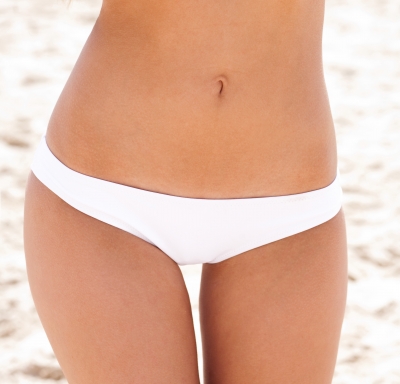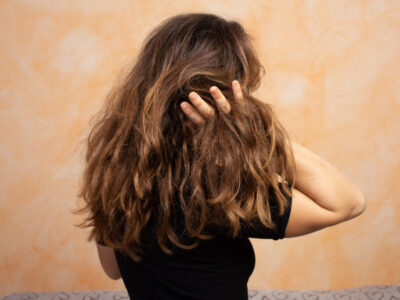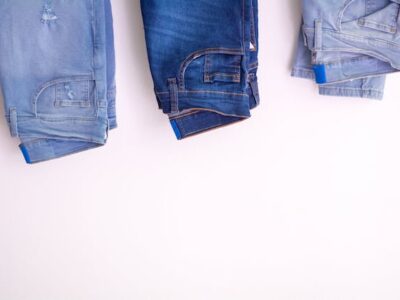What’s Your Waxing Preference?
While there is definitely an ouch factor associated with waxing, it continues to grow as one of the most popular and convenient hair removal methods for both men and women. Whether you seek the help of an esthetician in a professional setting or try your own DIY method at home, waxing must be done with great care. Most areas of the body can be eliminated of unwanted hair through different waxing techniques, although it is strongly advised that you follow proper before and after care advice to ensure that you end up with the smooth, exquisite-looking skin you desire (free from any long-term redness, blotches or bumps). The kind of wax you or your esthetician use will depend on the body part to be waxed as well as the amount of hair growth to be removed.
Soft Wax
When waxing comes to mind for most people, it’s soft wax that they’re envisioning. This is the type of warm wax that is generally used to spread in a thin layer over larger areas that are being treated. Cloth strips are placed over the wax before it hardens and then pulled off very quickly, yanking the hair out with it. Benefits to soft wax include its inexpensiveness and fast, effective approach to hair removal, saving time and money for both the esthetician and client. A big disadvantage can be the tendency that soft wax has of adhering to the skin, resulting in irritation. Soft wax is also usually pretty sticky and makes for a messy cleanup process.
Hard Wax
Hard wax is commonly used in the most tender areas of the body where hair grows, especially for the bikini line. It is warmed up and applied to the region just like soft wax, but instead of pulling out the hairs with strips, it is left to dry and harden before being peeled off. At this point the unwanted hair has been enveloped in the wax and is easily extracted as the thick layer is pulled away. Hard wax isn’t sticky and doesn’t often cause a lot of skin irritation since it doesn’t affect lymphatic flow. On the other hand, it can be an inconvenience because the process takes longer and is more expensive.
Sugar Wax
Sugar wax has started being used more frequently in DIY procedures. Much like the waxing most people are accustomed to, sugaring involves layering the skin with wax and removing it with cloth strips. The ingredients in sugar wax are said to be gentler on the skin and are water-soluble, making it easy to clean up. Although people favor this as a do-it-yourself home treatment, it is still a good idea to purchase pre-mixed sugar wax solutions or go to a professional that you can trust to do it right.
Waxing is a great solution to getting rid of hair that’s anywhere other than on top of your head. Gaining more understanding about the types of waxes used and the techniques that estheticians are trained in can help assuage those feelings of trepidation many people have towards the procedure. Some salons also offer their own wax blends to give their customers the best and most effective treatment possible.
Here’s How To Wax Your Bikini Area At Home
How to Wax Your Bikini Area by MonkeySee














